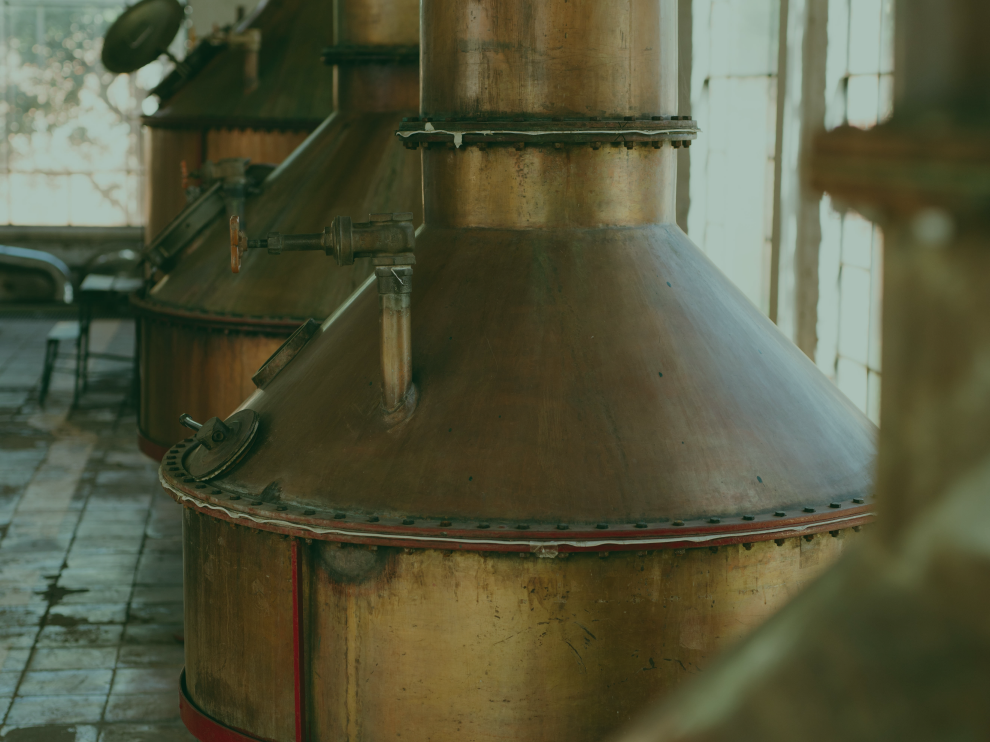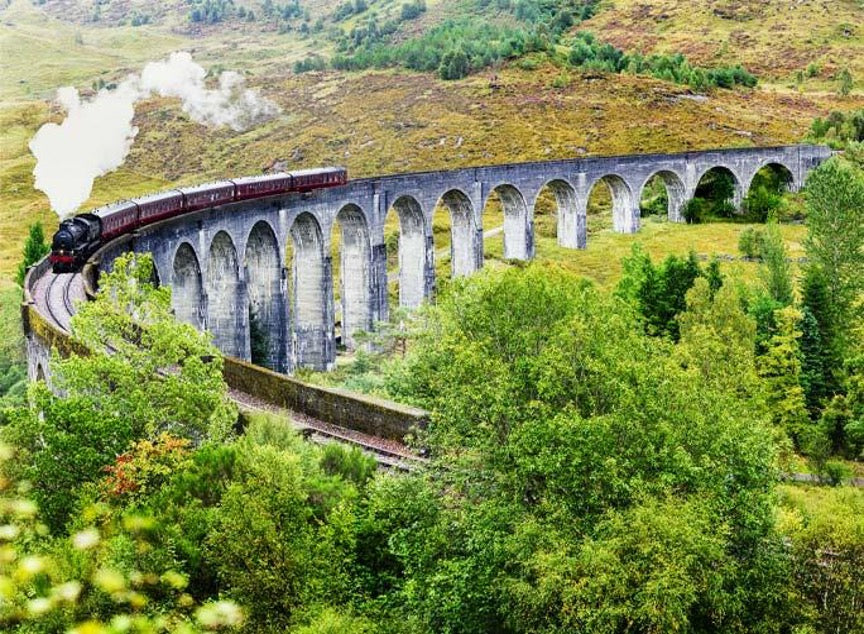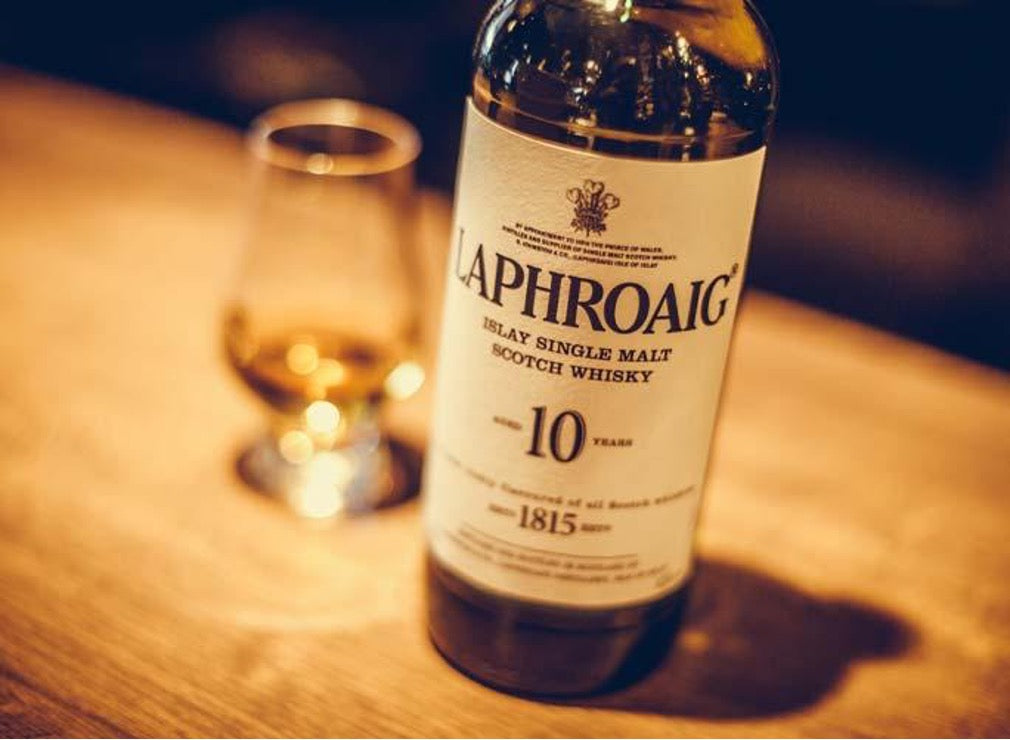A closer look at some of the amazing distilleries we're lucky to be able to work with

Mannochmore Speyside
When it comes to whisky tourism in Speyside, Mannochmore Distillery may not be at the top of most visitors' lists, but that’s all part of its allure. The distillery might not be picturesque, nor well-known outside of whisky enthusiasts, however Mannochmore is a hidden gem that offers exceptional single cask whisky for those lucky enough to get their hands on it.Built in 1971 by Distillers Company Limited, Mannochmore Distillery is located next to the historic Glenlossie Distillery in Elgin. The distillery was originally built to produce whisky for blends and has remained primarily focused on this purpose, but Mannochmore's single malt releases are highly sought-after by whisky enthusiasts due to their sheer quality and scarcity.Their single malts are some of the most floral, fruity, and complex out there.
The distillery's use of clear wort, long fermentation, and tall stills maximizes copper contact, creating a whisky bursting with flavors of lemon, orange, apples, blackcurrants, and a creaminess that is oh so fulfilling.There’s a reason why people within the whisky community wax lyrical about Mannochmore as they never fail to disappoint.

Glenfiddich
If it is true that Glenfiddich is the name most often brought to mind by those with only a passing interest in whisky, thanks to its ubiquitous presence on supermarket and pub shelves, that would surely please founder William Grant. It was in 1886 that he, together with his seven sons and two daughters, rolled up their sleeves and started to build a distillery in Dufftown.
The first drop of Glenfiddich – it means Valley of the Deer – emerged from the still on Christmas Day the following year. And from that moment to this, the story has been one of success and expansion, while adhering to William’s guiding principle; to produce the best dram in the valley. Glenfiddich has played a large part in marketing the re-emergence of single malt in the face of the massive global success of blends, and in the 1960s was one of the first to actively promote its product beyond Scotland. That decade saw the arrival of Hans Schleger’s distinctive triangular bottle.
The range is now extensive, including a very stylish Grand Cru. And oh to be a heavenly body at Glenfiddich. In 2001, the 1937 cask numbered 843 was broached. The angels’ portion meant that the edition was limited to 61 bottles.

Isle of Arran
Even down to the packaging, there is something distinctly clean and clear about the Isle of Arran single malt, which has only been with us since 1994 when former Chivas Regal director and D-Day veteran Harold Currie fulfilled a long-held dream and established the distillery at Lochranza.
Arran, lying in the Firth of Clyde off the Ayrshire coast, gets more than its fair share of rainfall, and that sweet liquid which arrives at Loch Na Davie in the hills above the distillery has to make its way down 6 waterfalls, becoming purer and purer with each leap. Two stills produce 750,000 litres each year, but with the brand’s expanding following, a second distillery was added at Lagg at the southern end of the island in 2019, producing a heavily peated malt whereas the Lochranza is
unpeated.
Many of the whisky’s enthusiastic supporters belong to The White Stag Community, named after a legendary creature ‘occasionally glimpsed on the local hills’, and there is a White Stag gala dinner held as part of the annual Arran Malt & Music Festival.

Laphroaig
Ever dreamt of being the Laird of your own Scottish estate? Become a Friend of Laphroaig and you are rewarded with a lifetime lease on a square foot of land adjacent to the distillery’s Kilbride Stream.
Laphroaig was created in 1815 by two scions of Clan Donald, and is today of course the Marmite of single malts; its heavily-peated, smoky aroma and medicinal, iodine taste is not for everyone, but to its many aficionados, those very same qualities make this very distinctive whisky a firm favourite. During a visit in 1994, the Prince of Wales – or the Duke of Rothsay as he is known in Scotland – awarded Laphroaig his Royal Warrant.
Since 2014, the brand has been owned by the US/Japanese conglomerate Beam Suntory. Its many offerings originate from four spirit stills which together produce 3.3 million litres a year of what those responsible refer to as ‘the most richly-flavoured of all Scotch whiskies.’
When distilleries are permitted to re-open, among options at the Broad Bay will be a buffet lunch followed by a tasting of a trio of Laphroaigs.

Lagavulin
The name of the distillery painted in stark, tall letters on pristine, white-washed walls, numbered casks sit by the waterside to be imbued with some unnamed essence of the ocean, and by a wooden jetty that has seen better days, a small boat bobs unceasingly on the endless waves. Islay is a glorious island and its landscape is only enhanced by the many picturesque distilleries that provide pride as well as livelihoods for a good proportion of the population.
John Johnston and Archibald Campbell Brooks founded two adjacent distilleries at the edge of a bay on the south coast of Islay in 1816. Fortunately they chose Lagavulin to survive. The name means Hollow of the Mill, not to be confused with Beautiful Hollow by the Broad Bay, which is the translation of neighbour Laphroaig. In the 19th century the two were in dispute about an attempt to copy the latter’s style, but with a different source of both water and peat, it did of course prove impossible.
Now a flourishing Diageo brand, Lagavulin has a number of offerings in addition to its 16-year-old standard, including a cask-strength 12-year-old and a Distiller’s edition finished in Pedro Ximenes sherry casks. A consistent gold medal winner at the San Francisco wine and spirits competition, Lagavulin has a very enthusiastic following in America.

Port Charlotte
Port Charlotte may have been ‘squatting’ at the Bruichladdich distillery two miles up the road, whilst its own premises were being rebuilt, but the two whiskies could not be more different. The former belongs to that easily identifiable Islay tradition of heavily peated, rich and smoky, attaining a ppm (phenol parts per million) of a very respectable 40. With the familiar iodine and seaweed notes to the fore and just a touch of a carbolic on the nose, you know the wind-tossed sea was not far away during the long years of maturation.
The original distillery was founded in the eponymous village in 1829, and was originally known as Lochindaal. In 1885 when the professional distillery visitor and whisky writer Alfred Barnard called in, it was producing 128,000 gallons of spirit a year, considerably more than others on the island. It was still in operation a century later when it, like many others, was forced to close due to Prohibition in America which meant a huge fall in demand.
The buildings were maintained for a while and largely survived, one later being used as a garage, another housing the Islay Youth Hostel. This meant that when the time for modernisation and expansion, there was somewhere to house the new distillery, which was in fact the former Inverleven Distillery at Dumbarton on the River Clyde! It was brought down river on barges and resurrected in the first Port Charlotte home. The capacity is now 1.2 million litres a year, with constant best sellers being the Scottish Barley version at 50% ABV, and the Port Charlotte 11 at 59%.
The Port Charlotte people take immense pride in their artisan approach to whisky-making, placing emphasis on provenance and traceability as well as the layered-flavour and modernity of the finished product, which is of course bottled locally using further supplies of spring water.
